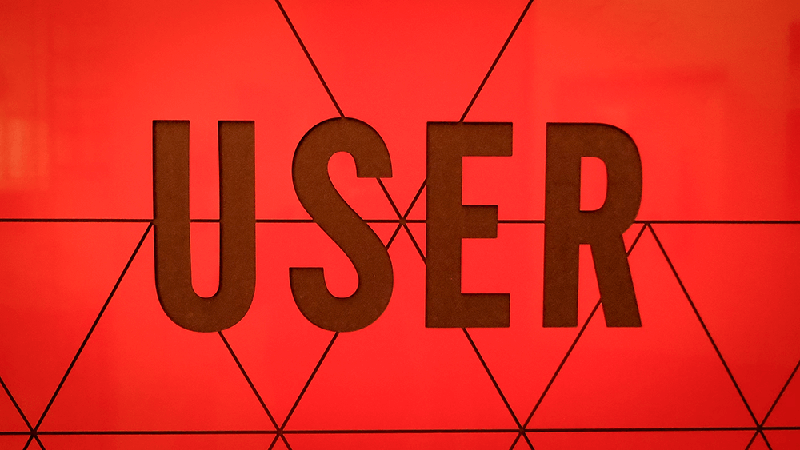What is Generative UI?
In the dynamic realm of UX design, a groundbreaking innovation is emerging: Generative User Interface (Gen UI). This transformative technology, powered by artificial intelligence (AI), holds immense potential to revolutionize how designers create and optimize user experiences across digital platforms. Let’s delve into what Gen UI entails, its impact on UX design, and the pioneering companies driving this movement forward.
Generative UI leverages AI algorithms to automate the design process, enabling systems to intelligently generate layouts, styles, and interactive elements based on specified criteria and data inputs. Unlike traditional design methods that rely heavily on manual crafting and iteration, Gen UI systems can swiftly explore vast design spaces and produce optimized solutions tailored to user needs and preferences.
Potential to Redefine UX Design
The adoption of Generative UI promises several transformative benefits for UX design:
- Efficiency and Speed: Gen UI accelerates design workflows by automating repetitive tasks, allowing designers to focus on higher-level creative decisions. This efficiency translates into quicker prototyping and iteration cycles.
- Personalization at Scale: AI-powered interfaces can dynamically adapt to individual user behaviors and preferences, offering highly personalized experiences that enhance user engagement and satisfaction.
- Data-Driven Design: By processing large datasets and user feedback, Gen UI systems can derive insights to inform design decisions, leading to more informed and effective UX strategies.
- Innovation and Exploration: Generative design encourages experimentation and innovation by exploring design possibilities that may not be immediately apparent through manual methods.
Pioneering Companies in Generative UI
Several visionary companies are at the forefront of integrating AI into UX design processes:
- Tailor Brands: Known for its AI-driven logo and brand identity generator, Tailor Brands uses machine learning to understand user preferences and deliver custom design solutions efficiently.
- Adobe Sensei: Adobe’s AI platform, Sensei, is advancing the field of generative design by integrating AI capabilities into its creative tools like Adobe XD, enabling designers to automate repetitive tasks and explore design variations effortlessly.
- Vercel: Vercel, known for its platform enabling seamless deployment of frontend applications, is integrating AI capabilities to enhance developer experiences and streamline UI/UX design processes. By leveraging machine learning, Vercel aims to automate aspects of design and development workflows, empowering teams to iterate rapidly and deliver optimized user interfaces.
- UIzard: UIzard is at the forefront of AI-driven design, offering a tool that translates hand-drawn sketches into interactive prototypes. Using deep learning algorithms, UIzard’s platform accelerates the design process by transforming rough ideas into refined digital interfaces, enabling designers to quickly visualize and refine concepts based on user feedback.
- Figma: Figma is exploring AI-driven design systems to facilitate collaborative design processes. Their goal is to automate routine design tasks and provide real-time feedback based on user interactions.
- RunwayML: This platform empowers designers and developers to leverage machine learning models to create dynamic and interactive designs. It enables experimentation with AI-generated content seamlessly integrated into design workflows.
- Uber Design: Uber’s design team is exploring AI to enhance user experiences, leveraging generative techniques to personalize interfaces and streamline user interactions across their digital platforms.
Conclusion
Generative UI represents a paradigm shift in UX design, offering a glimpse into a future where AI collaborates with designers to create more intuitive, personalized, and innovative digital experiences. As technology continues to evolve, the potential for Gen UI to redefine the design market is vast, promising enhanced efficiency, scalability, and user-centricity. The pioneering efforts of companies harnessing AI in design are paving the way for a new era of creativity and usability in digital product development. Keep an eye on this space as we witness the transformative impact of Generative UI on the future of UX design.



